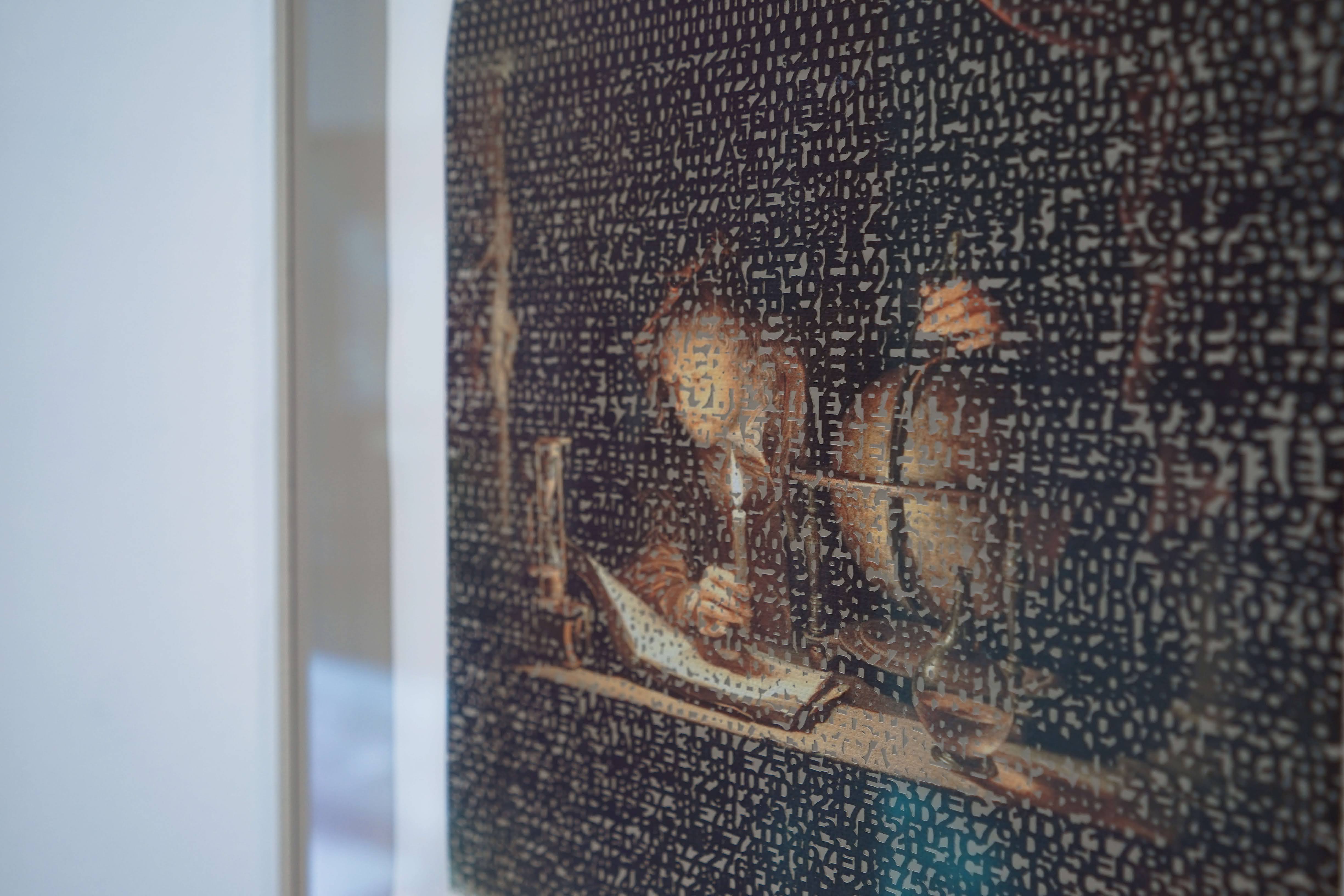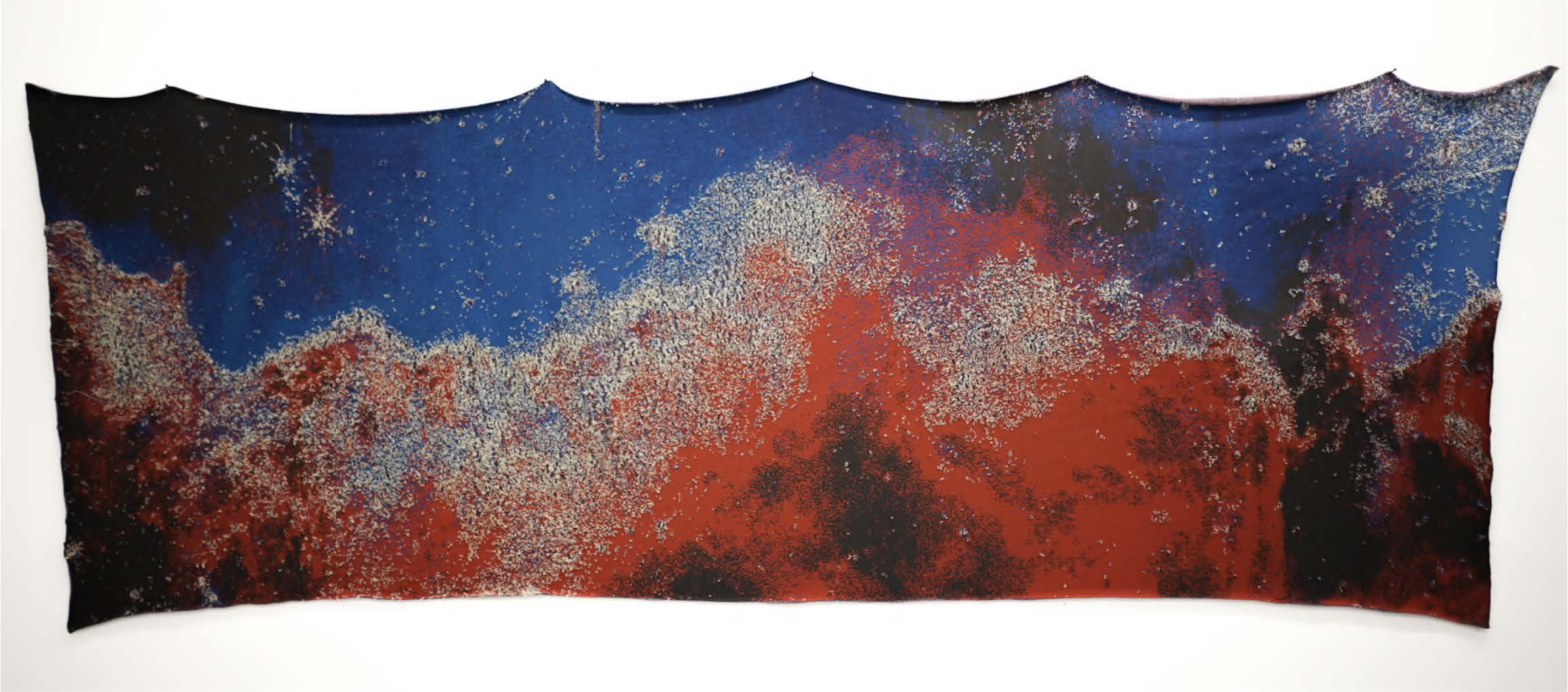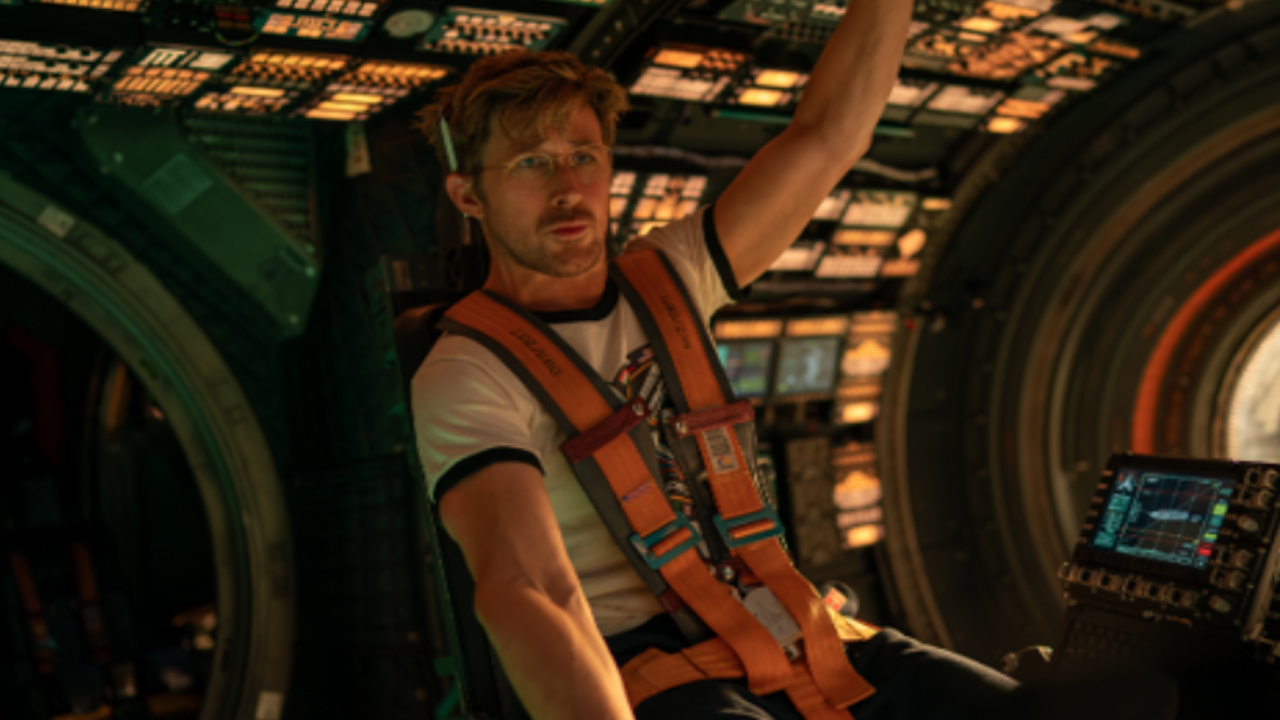New 'Unfolding the Universe' exhibit celebrates the James Webb Space Telescope through stunning artwork (photos, video)
Artist Ashley Zelinskie is "Wandering through Time and Space”' with ESA's Webb team.
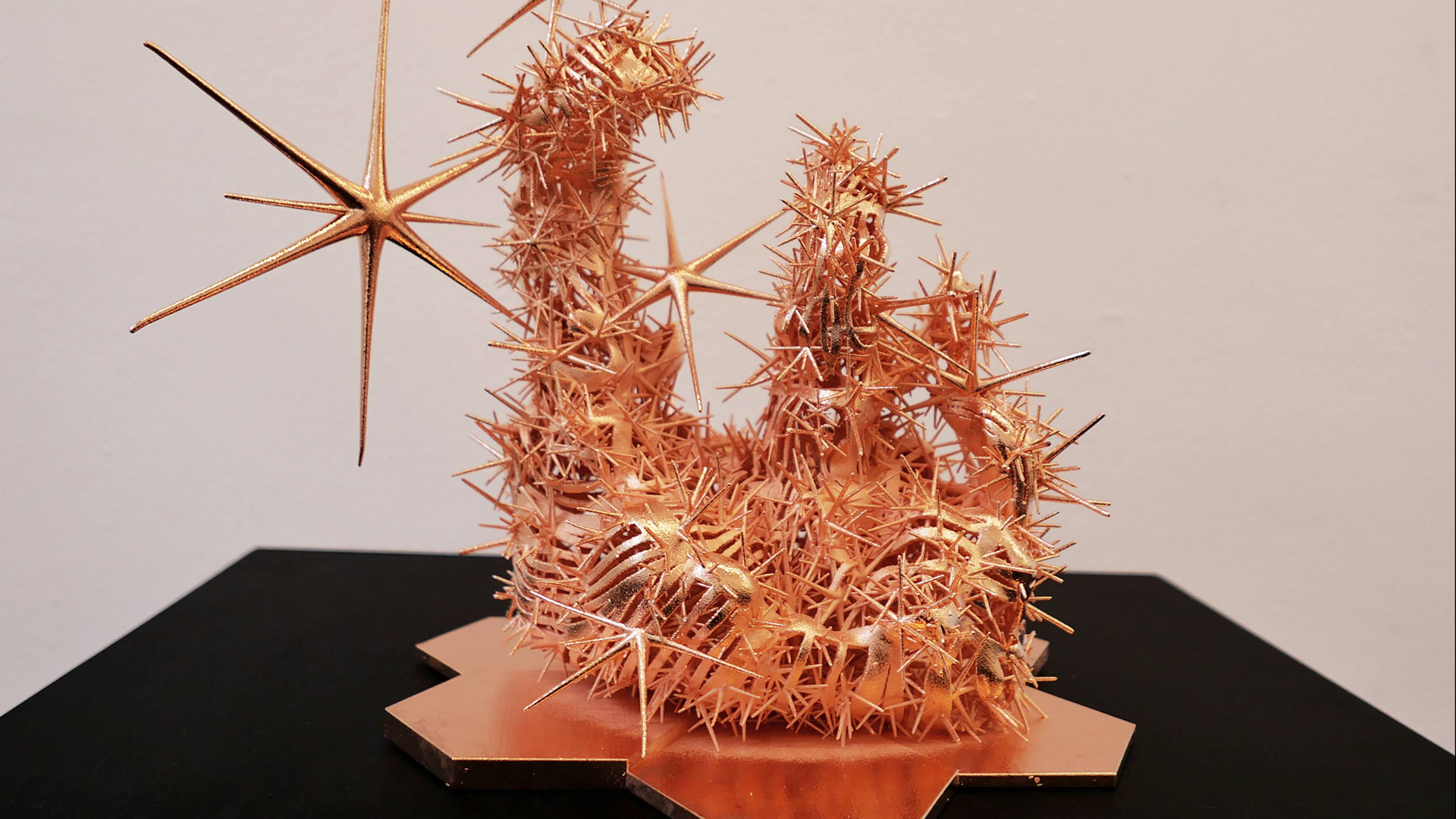
The James Webb Space Telescope (JWST) continues to deliver awe-inspiring views of the cosmos and the art world has taken notice.
Digital artist Ashley Zelinskie took that inspiration to the next level with the first of a three part exhibit in 2022, called "Unfolding the Universe: First Light" at Onassis ONX Studio in New York City.The exhibit highlighted NASA's contributions to the next-generation space telescope, operated in conjunction with the European Space Agency (ESA) and Canadian Space Agency (CSA). Now, Zelinskie has unveiled the second part of the series.
The new exhibit, "Unfolding the Universe: Wandering Through Time and Space" opened at the Torch Gallery in Amsterdam on Sept. 6 and will run through Oct. 26. It features many new pieces of art from Zelinskie, including Webb Telescope-inspired interpretations of the iconic Pillars of Creation, the Cat's Paw Nebula and an amazing take on gravitational lensing. The exhibit also includes an ESA Webb VR experience and large-scale textiles created in collaboration with Out of Seam.
You can try "Unfolding the Universe: An ESA Webb VR Experience" on Desktop/VR Headset or Mobile.
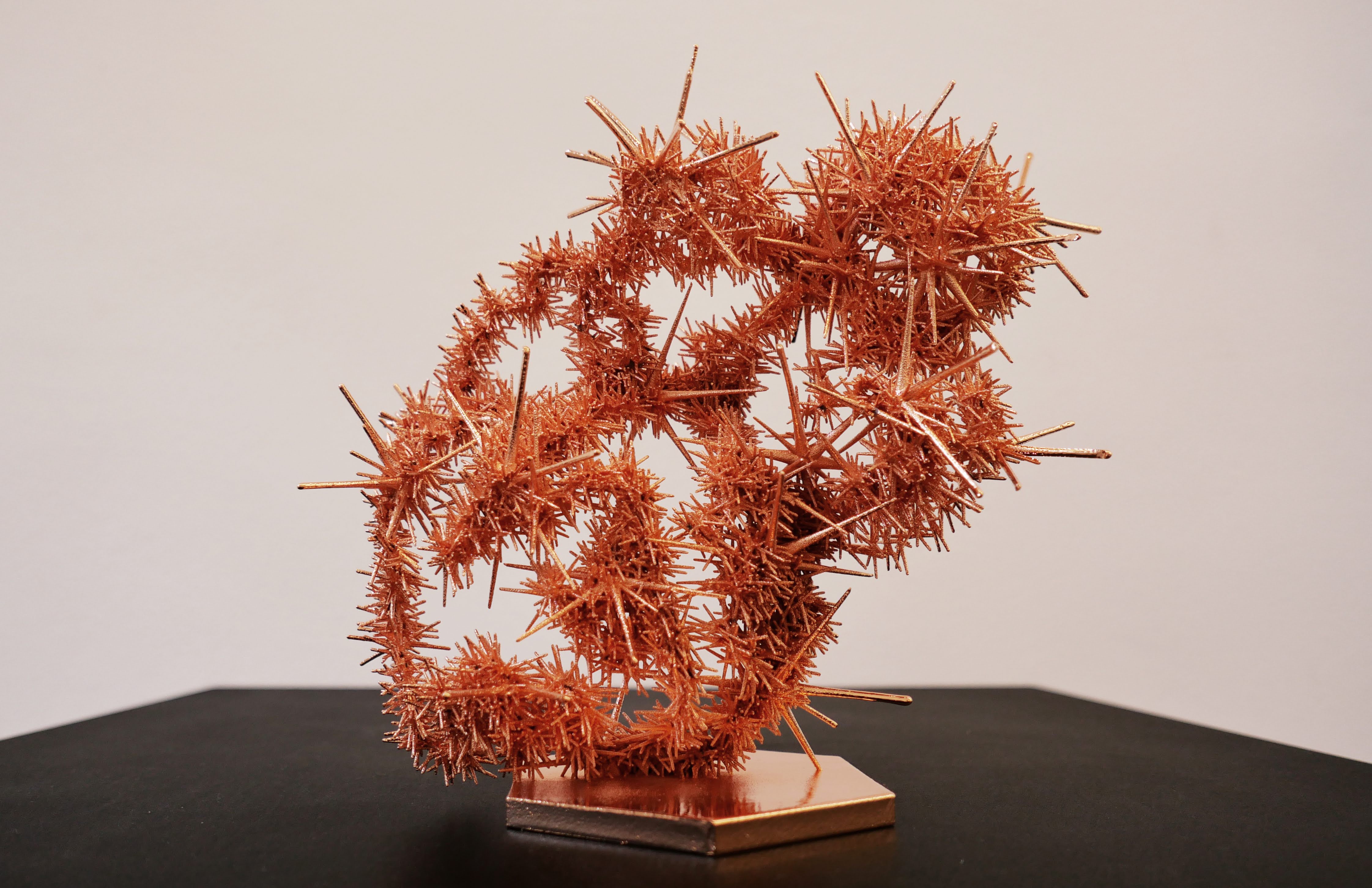
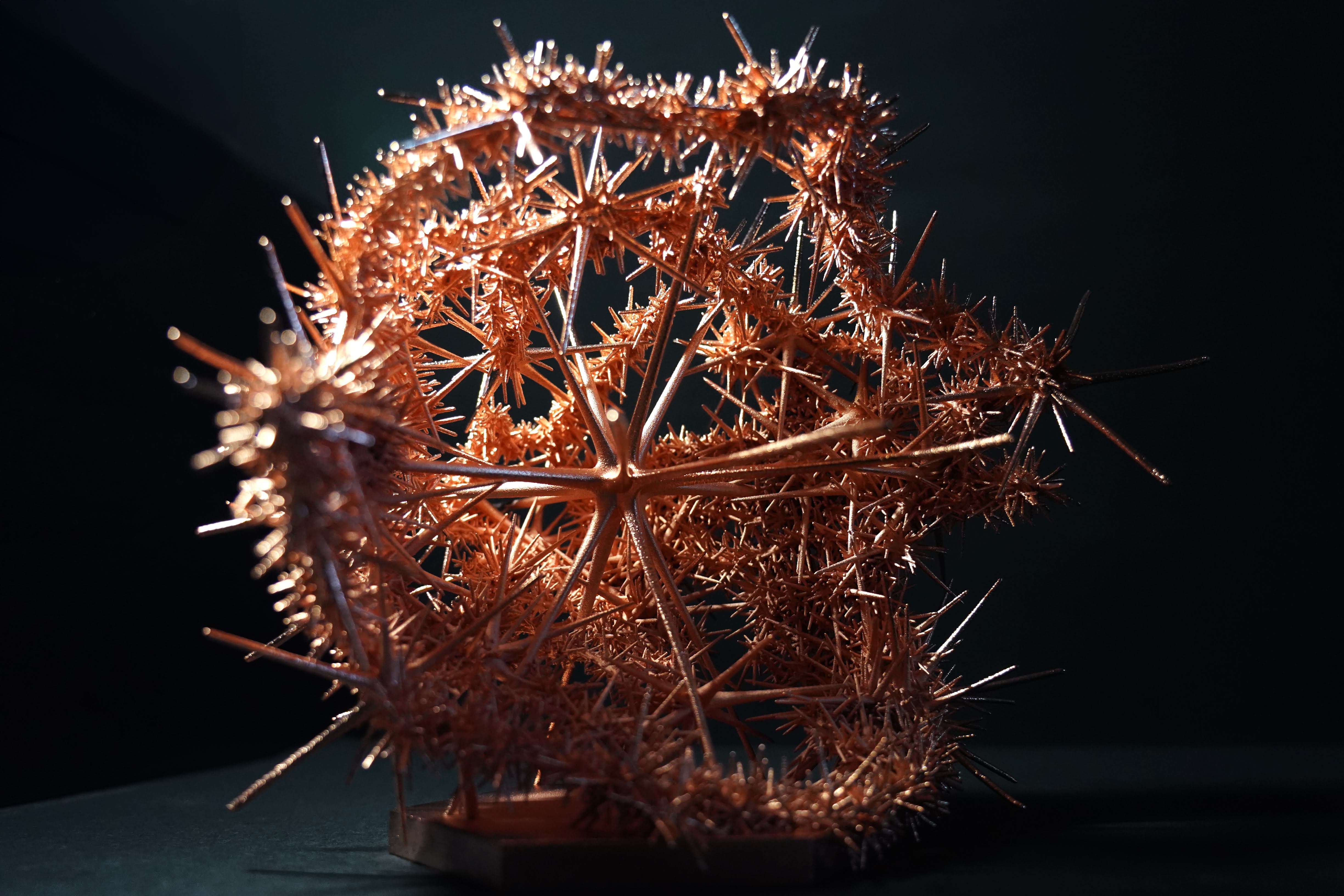

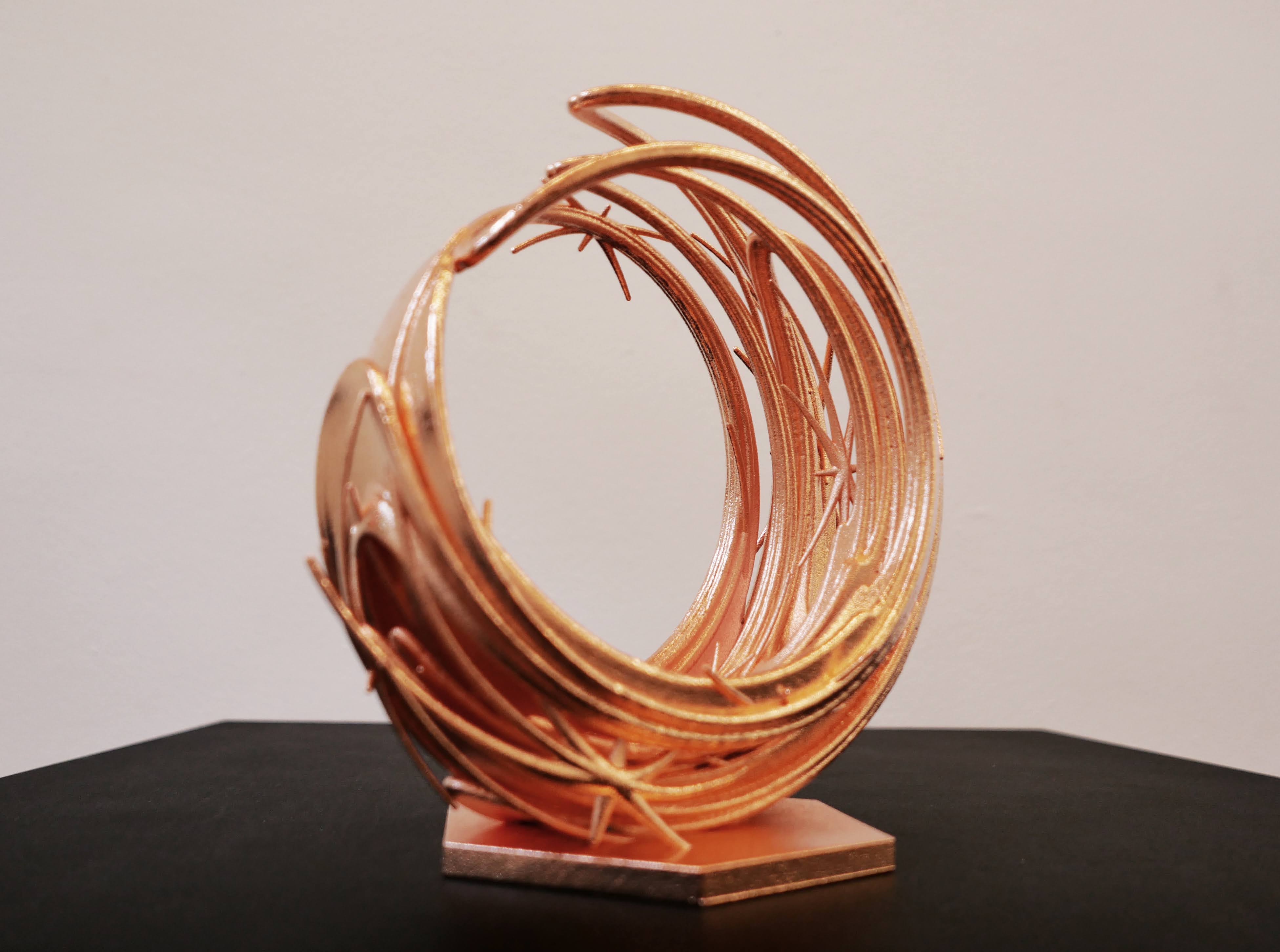
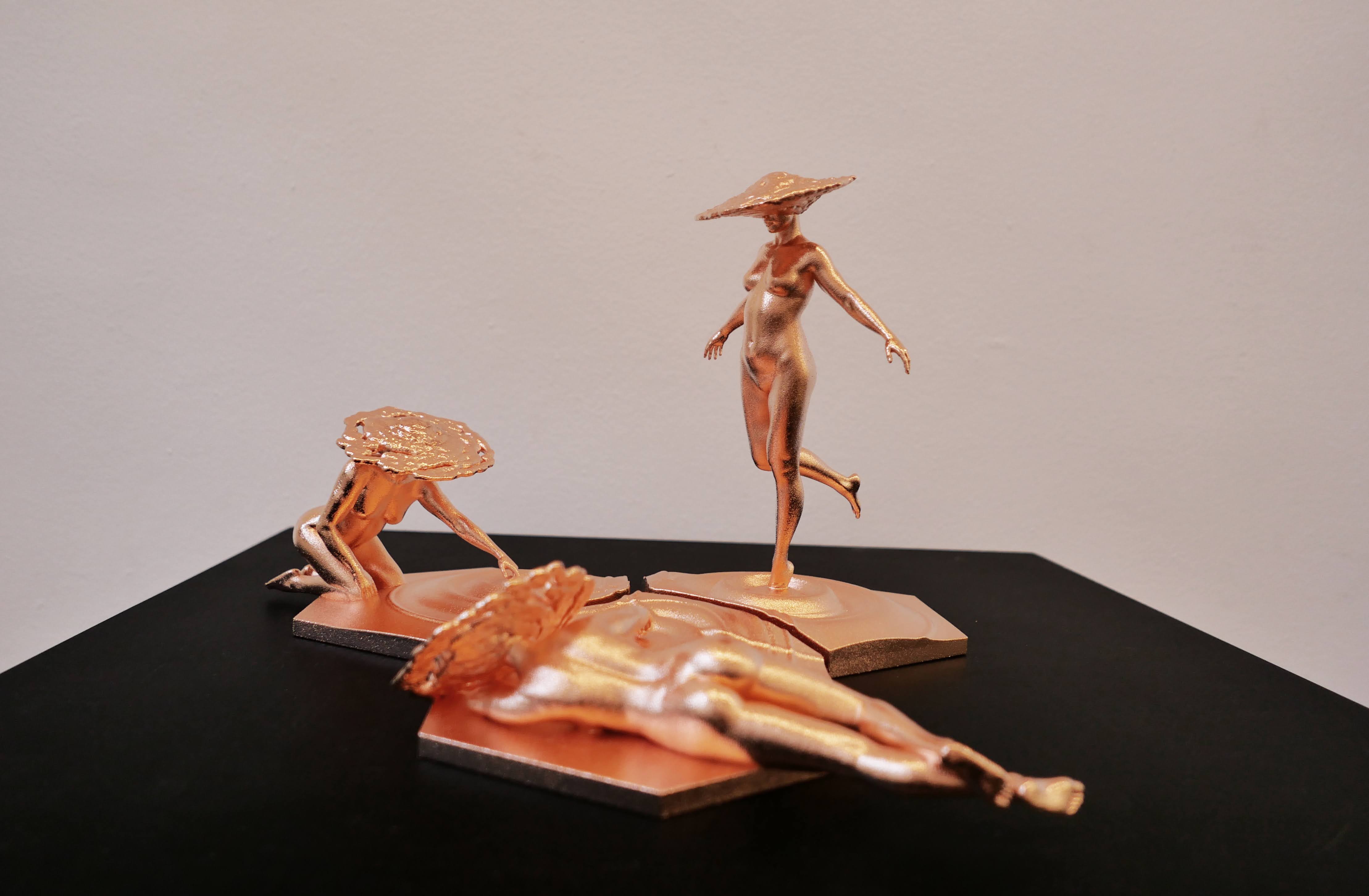
Zelinskie, a space enthusiast, began working with scientists and astrophysicists from NASA in 2016 to develop new space- and science-themed artwork. Since her 2022 exhibit, she has sculpted a piece representing the 4-dimensional fabric of space and time for the Yerkes Observatory in Wisconsin and created a virtual reality art piece, named Twin Quasars, that was inspired by the JWST for the Whitney Museum of American Art in New York City.
Her artwork is part of the "permanent collection of the U.S'' Department of State Art in Embassies Program, has been exhibited at Sotheby's New York, ArtScience Museum in Singapore," and more, according to Zelinksie's bio on the Whitney Museum website.
Space.com had a chance to chat with Zelinskie about her background, the new exhibit and the process she goes through to choose subjects for her work.
Breaking space news, the latest updates on rocket launches, skywatching events and more!
Space.com: Hi Ashley, to give our audience a little background, when did your fascination with space and science begin? And what was your driving force to go full steam ahead in this unique genre of artwork?
AZ: I've always been drawn to the night sky, how could you not be!? But the real inflection point came when I brought my cameras to my residency with SETI and the Allen Telescope Array in Hat Creek, California. Watching those dishes sweep the sky while talking with the scientists "listening" to the universe flipped a switch for me. Space and science stopped being a distant subject and became a material I could work with. Not long after that, I witnessed my first rocket launch (OSIRIS-REx) where I heard whispers of a new telescope being built. I quickly got myself up to NASA Goddard and I began collaborating with the NASA/ESA folks around the James Webb Space Telescope, which I have been doing now for almost a decade!I realized a while before my time with NASA that data could be sculptural and my time spent in the astronomy community only solidified that instruments, algorithms, and spectra could be expressed in artistic mediums such as marble or bronze. I enjoy turning mission outputs into tangible experiences: exoplanet spectroscopy becomes generative art; scanned astronaut gear becomes marble sculpture; gravitational lensing informs virtual worlds.
Working directly with scientists keeps the work grounded and accurate, and I then I also like to sprinkle a bit of humanity with the stories behind these missions adding themes of risk, resilience, and wonder. My goal is to make the cosmos graspable, so more people feel invited into the conversation of exploration.
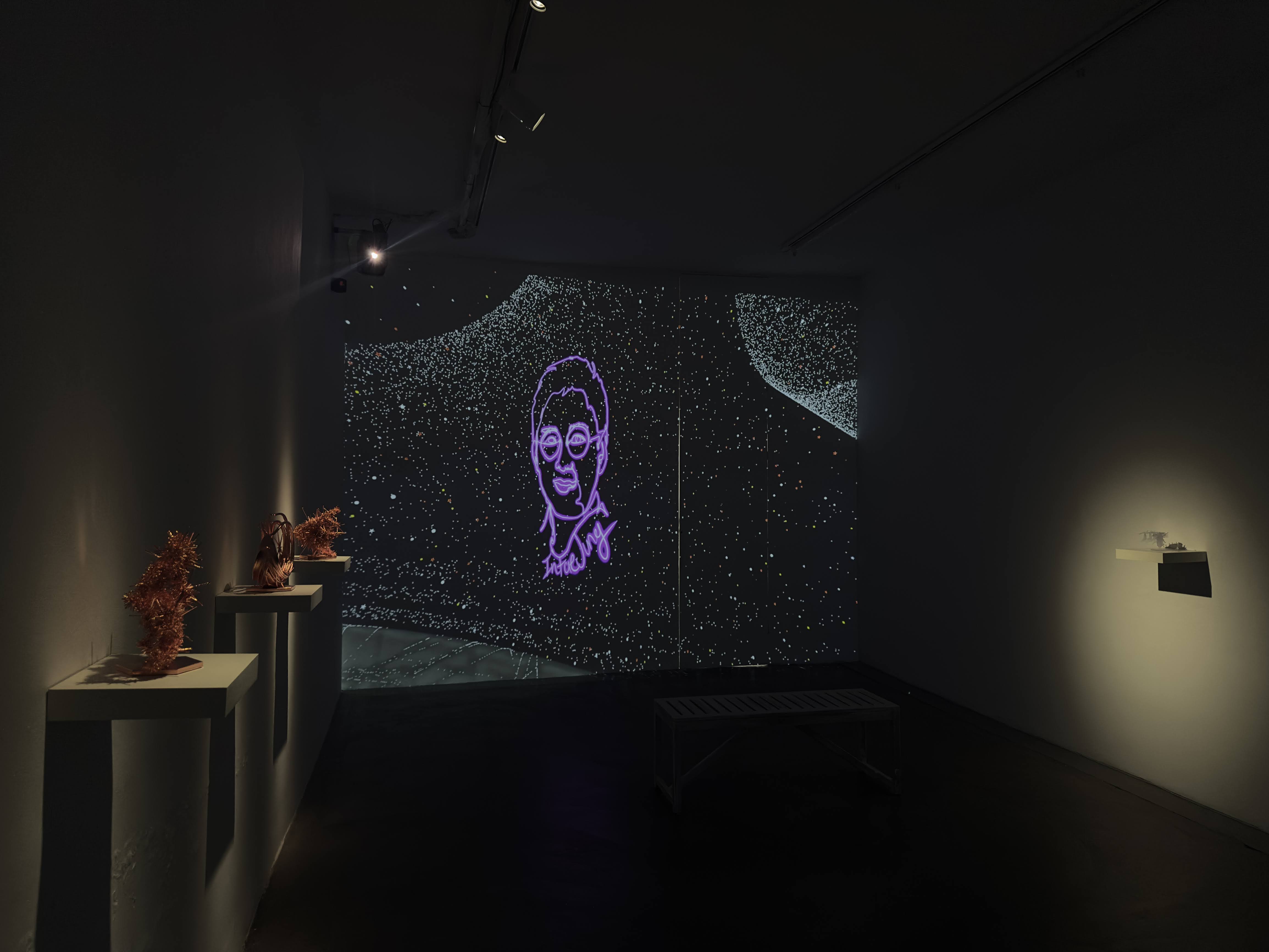
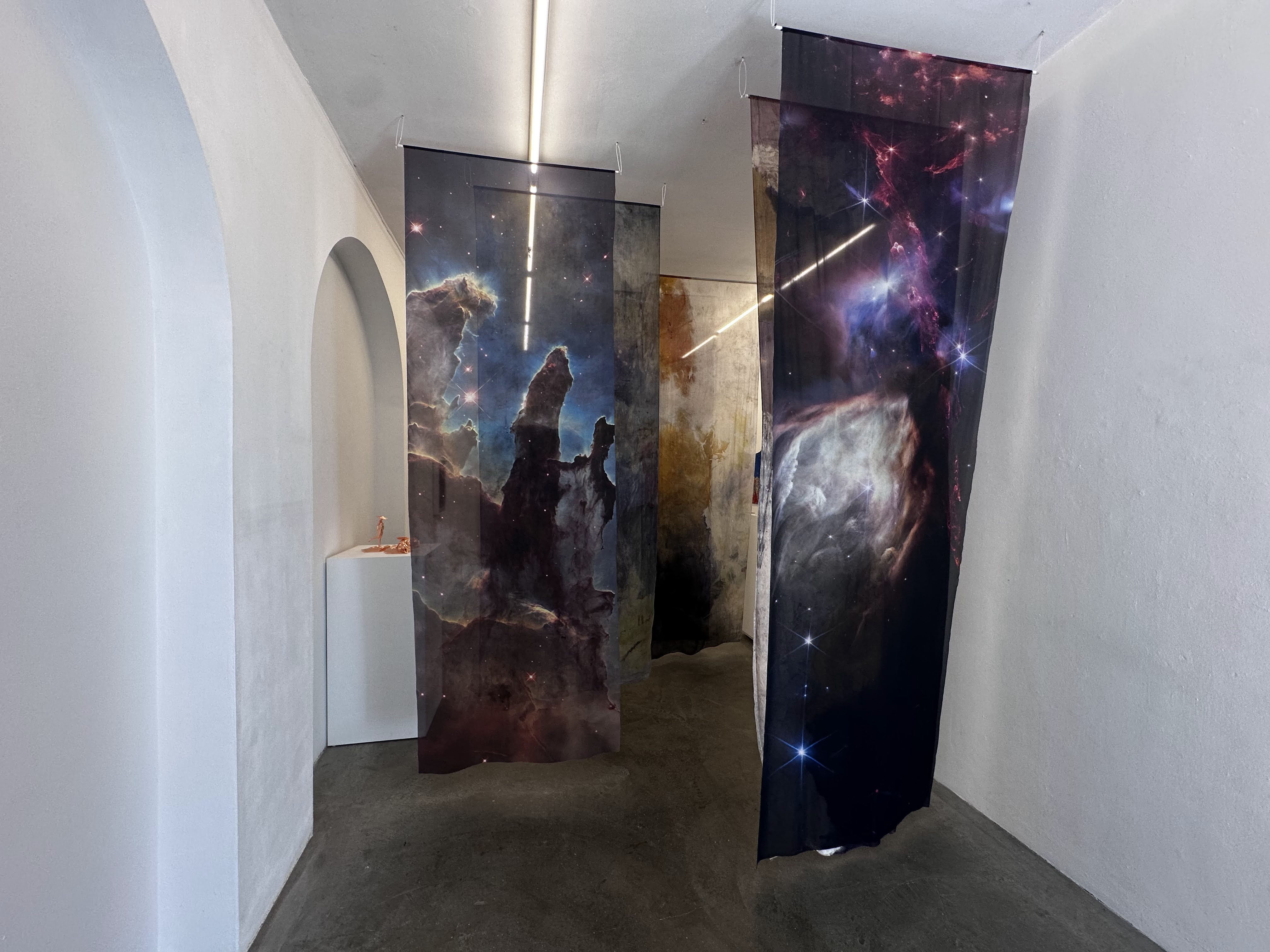
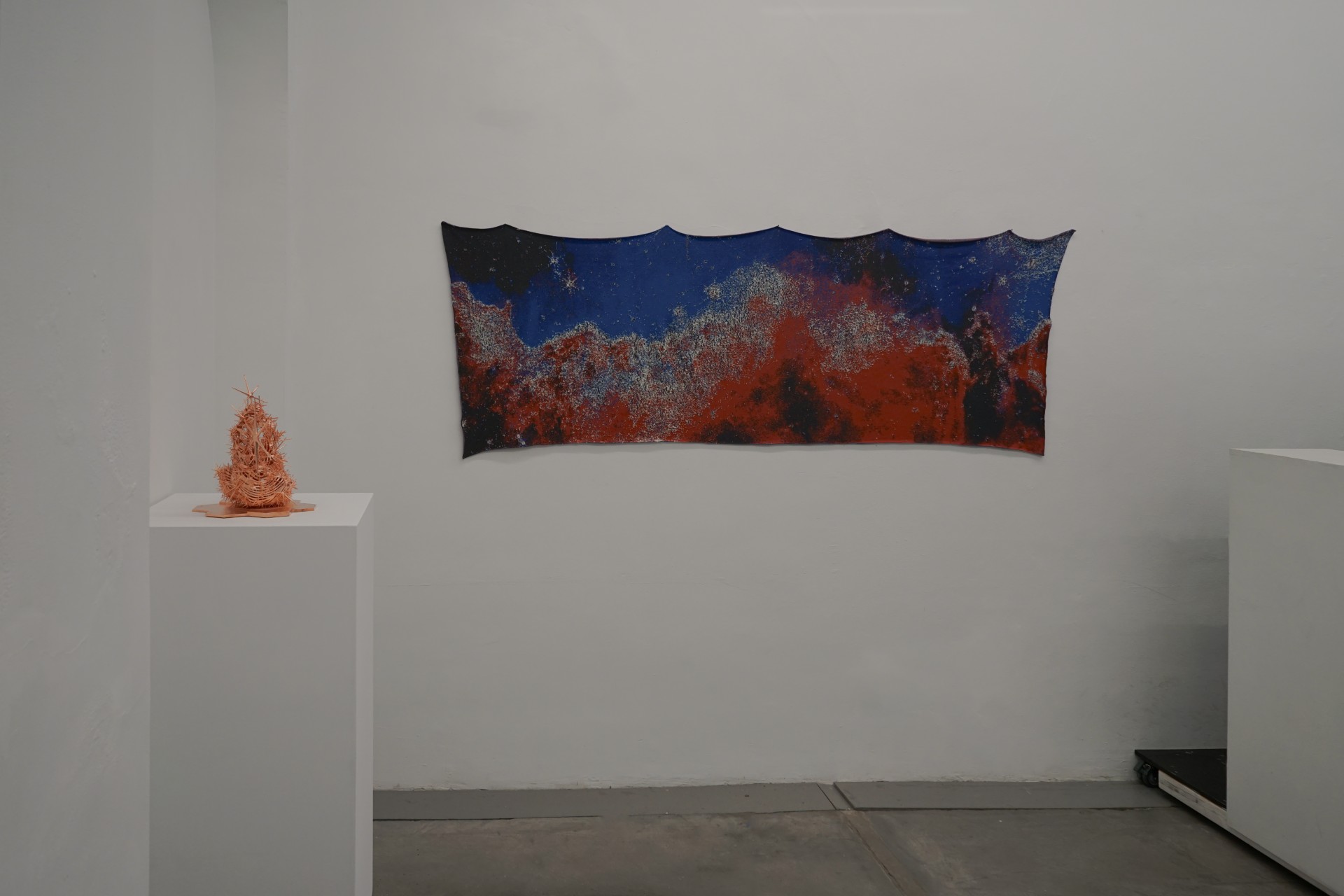
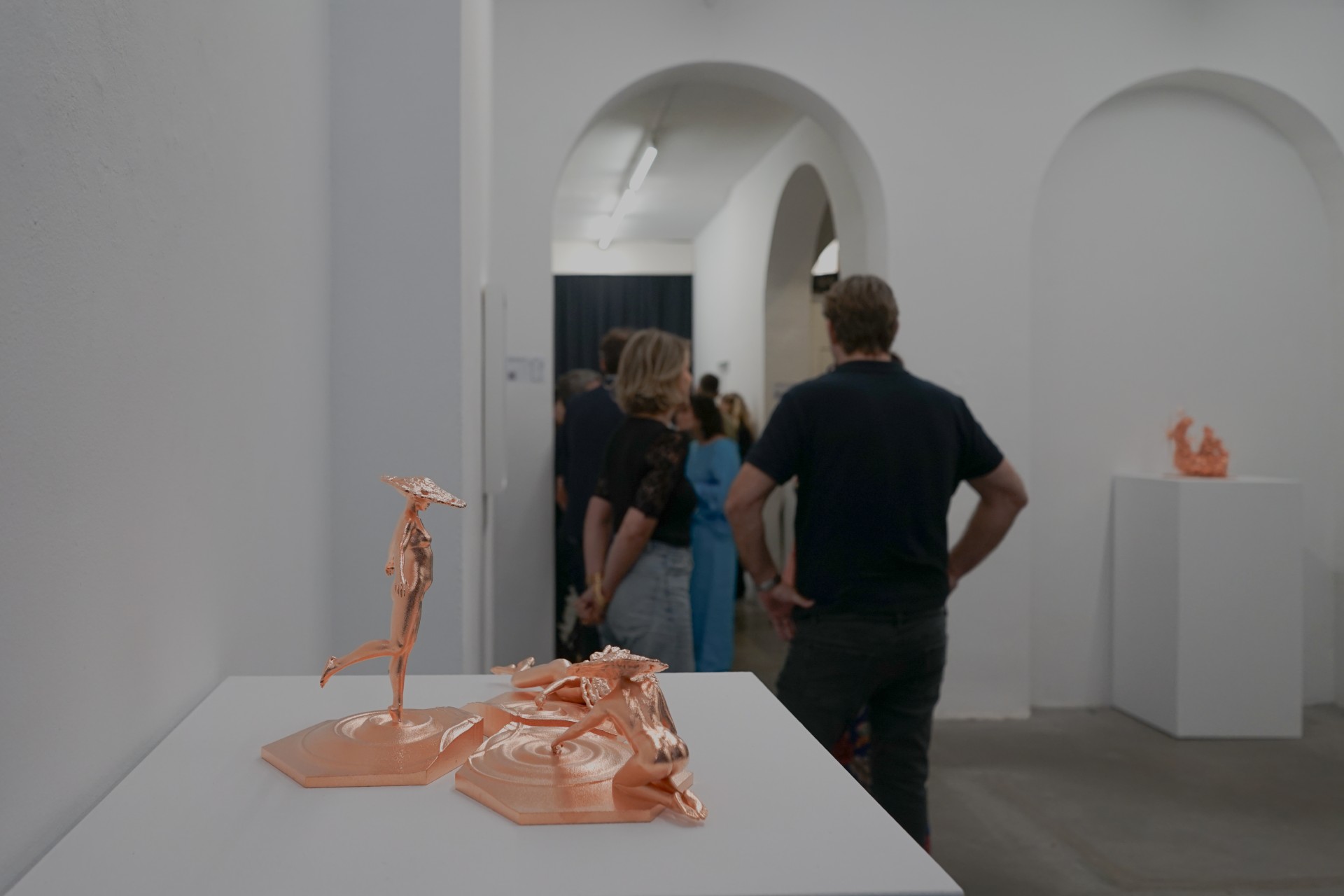
Space.com: It has been a few years since the first Unfolding the Universe exhibit, so could you please describe what your process was for developing the new pieces for the latest show? And how did you land on Amsterdam?
AZ: I rebuilt this project through a new perspective, focusing on the contributions of ESA on the Webb Telescope mission. I think it is important to remember that it wasn't just NASA that contributed to the telescope. It was the concerted efforts of three different space agencies working in tandem and international cooperation that led to the success of the mission.
Starting from there I created sculpture, textiles, and a VR experience that was a continuation of the piece I made for NASA in 2021. I wanted the same celestial ideas to be felt across different materials. The sculptures begin with James Webb imagery and, when possible, 3D scans of the regions those images depict because yes! NASA has 3D scans of nebulas available in their archives! Very exciting stuff for an artist like me! Once I have the 3D scan I translate that source into generative star maps and have them 3D printed by our lovely sponsor Shapeways. The forms are then copper-plated to echo the engineering language of the telescope. In Pillars of Creation, for example, I fused what Webb sees, with where it sees it from by stacking the star studded nebula scan with a cartographic diagram of L2, Webb's home in space. My sculpture Gravitational Lensing bends a stellar field into arcs and echoes whereas my sculpture Gravitational Waves renders ripple and interference as a tactile surface being manipulated by my personified galaxies. A favorite motif of my work is when speaking about galaxies to use these galaxy headed nymphylike women who dance and interact with one another. Harvey is an outlier in the sculpture series as far as material. It uses a frosty SLA resin to trace the path of Hurricane Harvey, an echo of Webb's vulnerable cryo-test state at Johnson Space Center.
In the textile series, high-resolution analyses of images become woven structures and layering instructions. Silk and chiffon banners (Pillars of Creation: Hubble/Legacy/Webb, Rho) and robotic-loom cotton weavings (Carina, Tarantula) are tuned through natural dyes, thread weights, and warp/weft densities until they carry not just an image but the sensation of depth, diffusion and a sense of birth and destruction that happens in the lifecycle of a nebula. Alongside these, the laser-cut hexadecimal canvases act as quiet footnotes, reminding us that even our most intimate images are ultimately parsed as code and speak to the Netherlands deep roots in astronomy.
Amsterdam was a natural convergence of people and place. Torch Gallery has championed my work for years, and the city's audience is unusually fluent in the conversation between advanced technology and contemporary art. It's also practically in ESA's orbit! ESTEC (the European Space Research and Technology Centre) in Noordwijk is nearby. I visited earlier this year, and I'll be giving a talk there with NASA's Maggie Masetti, who curated my "First Light" exhibition in NYC, alongside ESA scientists who will also be presenting.
More importantly, this chapter brings to the foreground the European contribution to the Webb mission, from key instruments to launch and operations, ESA's work sits shoulder-to-shoulder with NASA's and the Canadian Space Agency's. Webb is the product of three agencies working in concert, and that international cooperation is exactly why I wanted to stage this part of the series in Europe, so the art can live closer to the communities that made the science possible.
Space.com: Similar to the first exhibit, you brought members of the Webb mission team to speak at the new exhibit to help make it an immersive learning experience for attendees but this time they were from the European Space Agency (ESA). Who were the speakers and how were you influenced by them?
AZ: This chapter invited ESA voices to sit alongside the artworks. At TORCH Gallery we hosted a talk with Lorenzo Speri (ESA), who walked the audience through gravitational waves and the LISA mission. His talk paired nicely with my tour of the gallery focusing on the "ripples" embodied in the Gravitational Waves sculpture. The following week Nora Luetzgendorf (ESA) led a deep dive on JWST that grounded the show's through-line. Context like the L2 orbit and Webb's distinctive diffraction spike signature resonates in works such as Pillars of Creation and Cat's Paw Nebula.
At NAP+ Art Fair, I joined Maximilian Guenther (ESA) for an exoplanets conversation. It was broadcast live on Echobox and expanded the public's questions around the search for life outside our solar system. We will close our programing at the gallery with Maggie Masetti (NASA), who curated my "First Light" exhibition in NYC. Her presence at this exhibition underscored the project's central idea that Webb is a triumph of international cooperation among ESA, NASA, and CSA. Bringing these scientists into the gallery didn't just add talks, it shaped the work's vocabulary, ensuring the sculptures, textiles, and VR remain in honest dialogue with the missions that makes these cosmic images possible.
Space.com: You mentioned in your video preview of the Torch Gallery show that this was a three part exhibit. Can you give us a teaser of what we can expect from that show?
AZ: The third chapter shifts to Canada and centers the Canadian Space Agency's role in Webb. Expect a continuation of the language I've developed with new copper-plated, 3D-printed sculptures and a companion VR experience that features Canadian scientists and engineers, bringing their voices and problem-solving into the space. The focus is Canada's contributions to the mission, guidance, precision, and the quiet choreography that keeps a space telescope stable, translated into forms you can walk around and an immersive context you can step into.
I'm currently looking for a Canadian gallery partner to host this chapter. I am not sure how many galleries and curators are in Space.com's orbit but If you're interested, please reach out via my website.
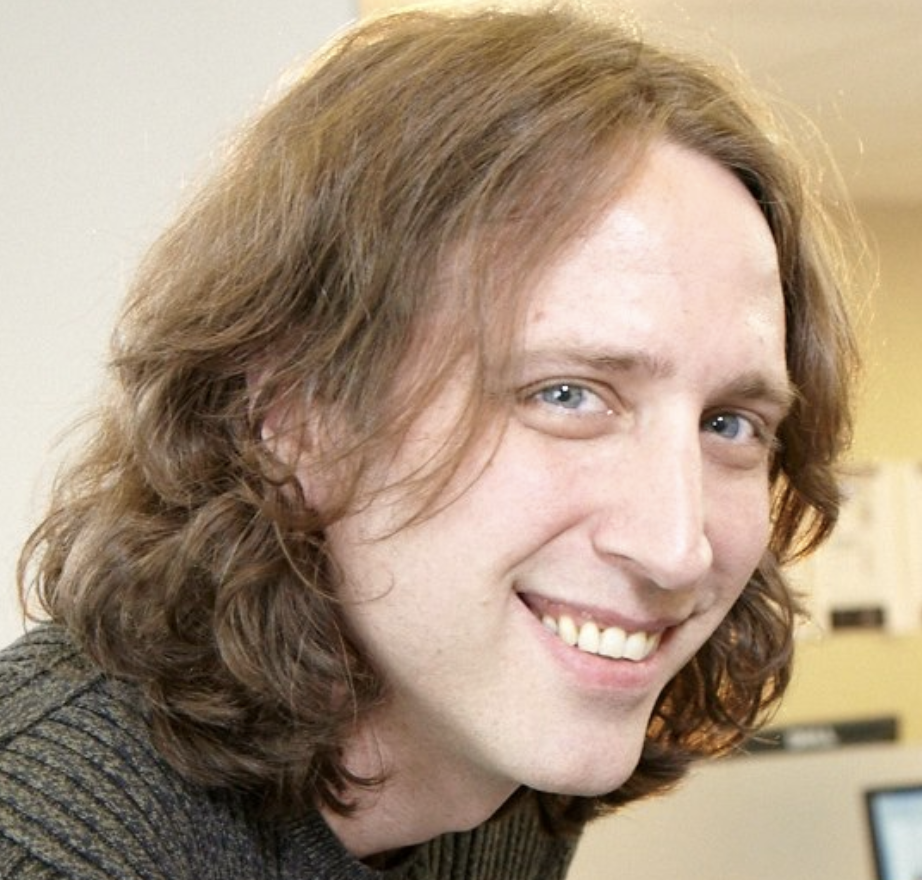
Steve Spaleta is Space.com's Senior Producer. Since 2007, Steve has produced and edited space, science and entertainment-related videos for Space.com. He is also the producer/writer/editor of Space.com's CosMix series on space-enthused artists. He studied psychology at the State University of New York at Stony Brook and is originally from Zadar, Croatia by way of Astoria, NY. To see Steve's latest project, follow him on Twitter and follow Space.com's VideoFromSpace YouTube Channel.
You must confirm your public display name before commenting
Please logout and then login again, you will then be prompted to enter your display name.
